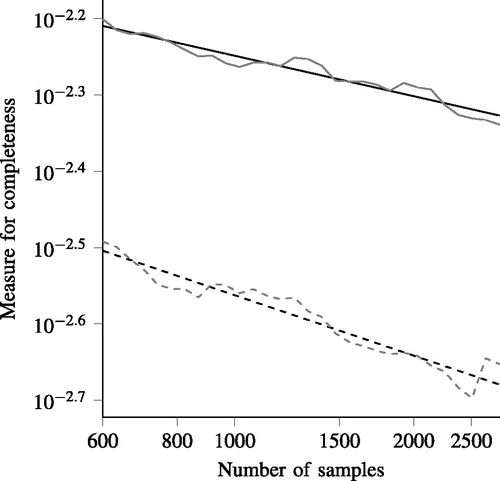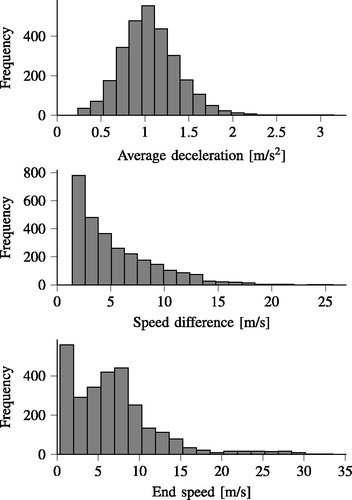Figures & data
Figure 1. The true pdfs (black solid line) and
(gray dashed line) that are used to illustrate the quantification of the completeness.
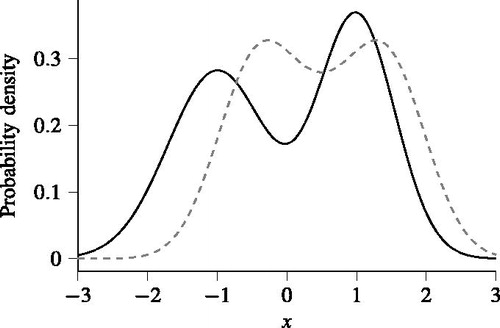
Figure 2. The bandwidths of (black dashed line),
(gray solid line), and
(gray dotted line) for the example with artificial data. The bandwidths are computed using leave-one-out cross-validation for different numbers of samples
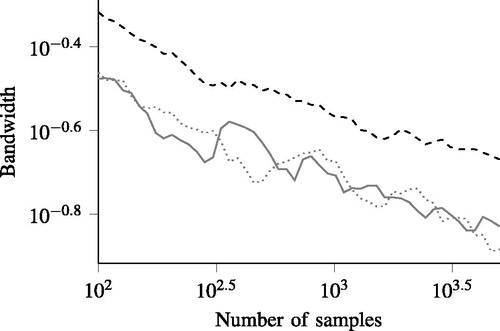
Figure 3. The real MISEs (black lines) of the example of with the artificial data, approximated using EquationEq. (13)(13)
(13) , and the measures that are used to quantify the completeness (gray lines). The solid lines show the result of estimating a bivariate pdf, so here EquationEq. (8)
(8)
(8) is used to quantify the completeness. The dashed lines show the result of estimating 2 univariate pdfs and combining them according to EquationEq. (10)
(10)
(10) to create a bivariate pdf, so EquationEq. (12)
(12)
(12) is used to quantify the completeness. The gray areas show the interval
where
and
denote the mean and standard deviation, respectively, of the measures of EquationEqs. (8)
(8)
(8) and Equation(12)
(12)
(12) when repeating the experiment 200 times.
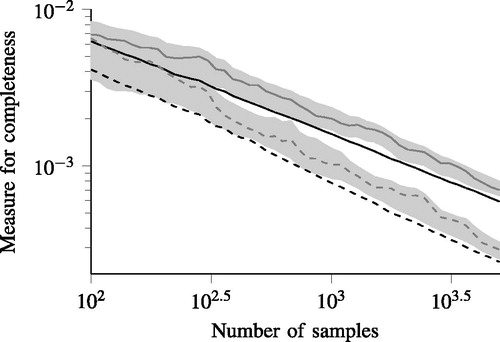
Figure 5. The bandwidths of (black dashed line),
(gray solid line), and
(gray dotted line) for the example of with the real data. The bandwidths are computed using leave-one-out cross-validation for different numbers of samples
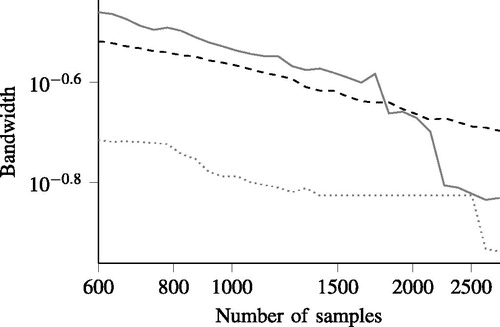
Figure 6. The measures of completeness for the example with the real data with the assumption that all 3 parameters depend on each other (gray solid line) and with the assumption that the first parameter—that is, the average deceleration—does not depend on the other 2 parameters (gray dashed line). The corresponding black lines represent the least squares logarithmic fits given by EquationEqs. (14)(14)
(14) and Equation(15)
(15)
(15) .
